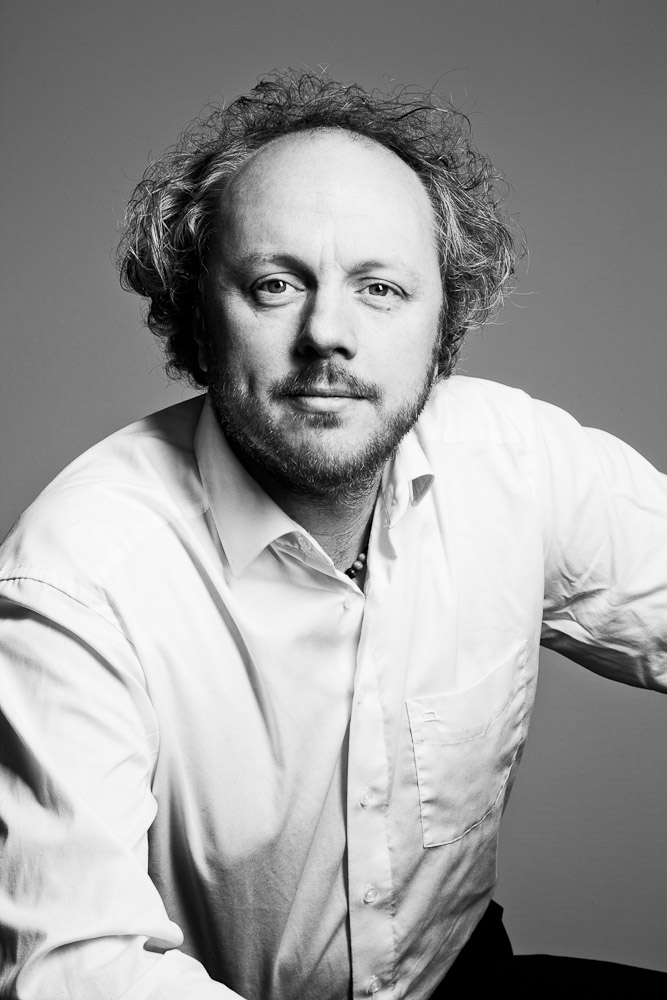 Frank H. P. Fitzek Frank H. P. Fitzek
Professor and Head of the “Deutsche Telekom Chair of Communication Networks” at TU Dresden
Frank H. P. Fitzek is a Professor and head of the “Deutsche Telekom Chair of Communication
Networks” at TU Dresden coordinating the 5G Lab Germany. He is the spokesman of the DFG
Cluster of Excellence CeTI. His current research interests are in the areas of wireless and 5G communication networks, network coding, cloud computing, compressed sensing, cross layer as well as energy efficient protocol design and cooperative networking.
|
|---|
 Oliver Holschke Oliver Holschke
System Architect, Deutsche Telekom Innovation Laboratories (T-Labs)
Oliver Holschke is a System Architect at Deutsche Telekom Innovation Laboratories, or T-Labs, where Oliver creates and leads R&D projects in the field of AI and ML applications for communication networks, including proof-of-concept building and integration of new services into Deutsche Telekom operations. Before joining the AI team at T-Labs, Oliver spent 5 years as the Managing Director of “Benocs”, a strategic Deutsche Telekom spin-off, which specializes on integrated monitoring, analytics and optimization of large IP networks. Having built the company from the ground up, Benocs today serves traffic management and analytics solutions in four EU markets of Deutsche Telekom, including Germany. Oliver is an occasional Luhmann reader from Berlin, who enjoys riding his bike around the city. Oliver is always available for discussing new cooperation projects on emerging AI applications around communication networks. |
|---|
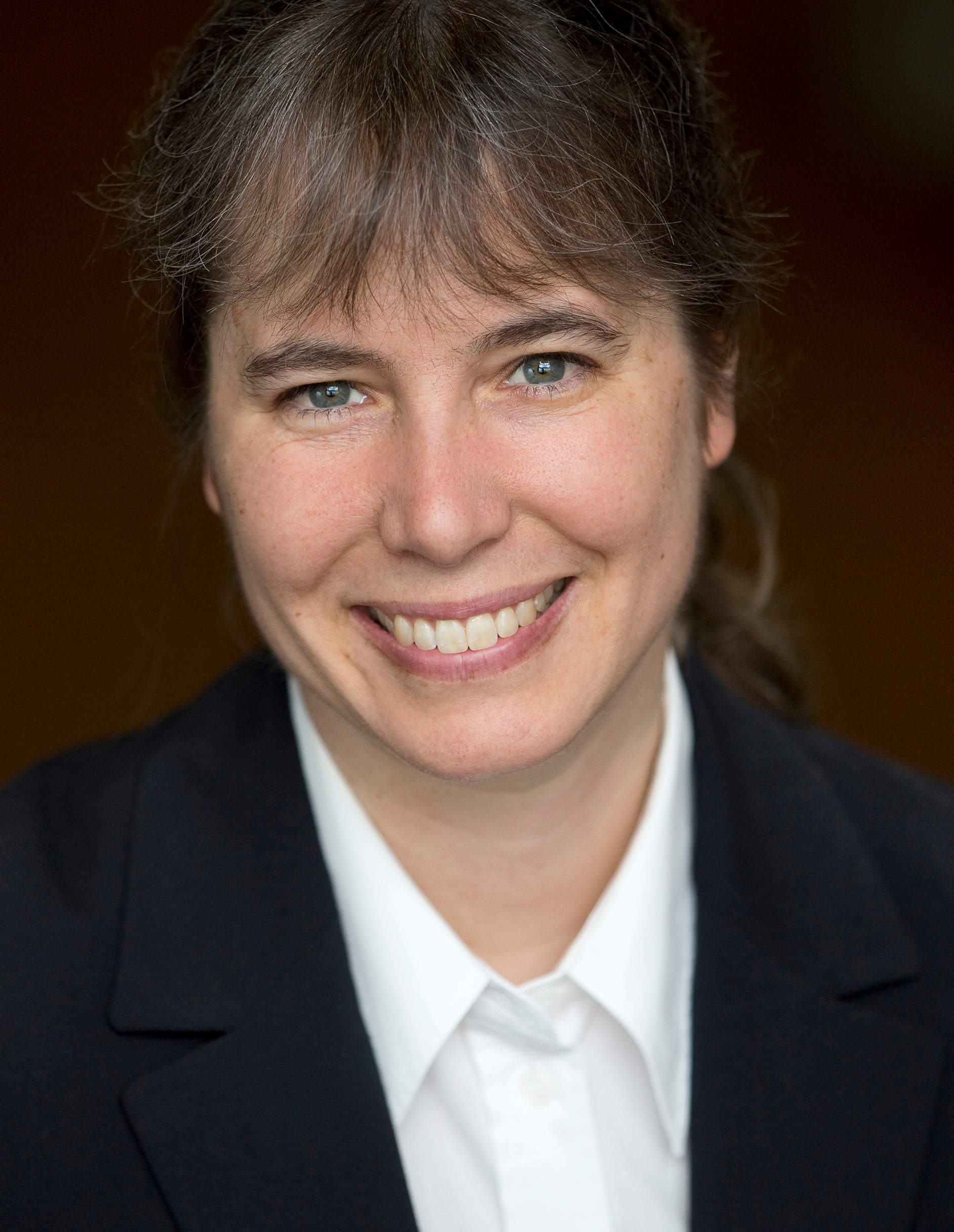 Gitta Kutyniok Gitta Kutyniok
Technical University Berlin
Gitta Kutyniok currently holds an Einstein Chair in the Institute of Mathematics at the Technische Universität Berlin, a courtesy appointment in the Department of Computer Science and Engineering, an Adjunct Professorship in Machine Learning at the University of
Tromso, and is also the head of the Applied Functional Analysis Group. She received her Diploma in Mathematics and Computer Science
as well as her Ph.D. degree from the Universität Paderborn in Germany, and her Habilitation in Mathematics in 2006 at the Justus-Liebig Universität Gießen. From 2001 to 2008 she held visiting positions at several US institutions, including Princeton University, Stanford University, Yale University, Georgia Institute of Technology, and Washington University in St. Louis. In 2008, she became a full professor of mathematics at the Universität Osnabrück, and moved to Berlin three years later. She received a research award from the Universität Paderborn in 2003, the Research Prize of Gießen and a Heisenberg-Fellowship in 2006, the von Kaven Prize by the DFG in 2007, and an Einstein Chair in 2008. She gave the Noether Lecture at the ÖMG-DMV Congress in 2013 and the Hans Schneider ILAS Lecture at IWOTA in 2016. She also became a member of the Berlin-Brandenburg Academy of Sciences and Humanities in 2017, a SIAM Fellow in 2019, and an IEEE Senior Member in the same year. She is Scientific and Executive Director of the graduate school BIMoS and Chair of the SIAM Activity Group on Imaging Sciences, of the GAMM Activity Groups on Mathematical Signal- and Image Processing and Computational and Mathematical Methods in Data Science, as well as of the MATH+ Activity Group on Mathematics of Data Science. Her main research interests are in the areas of applied harmonic analysis, compressed sensing, high-dimensional data analysis, imaging science, inverse problems, machine learning, numerical mathematics, partial differential equations, and applications to life sciences and telecommunication. |
|---|
 Leo Lehmann Leo Lehmann
Chairman of ITU-T Study Group 13
Since April 2015, Dr. Leo Lehmann is the elected Chairman of ITU-T Study Group 13 (Future networks including cloud computing, mobile and next-generation networks). Before his election, he already served the ITU-T as vice-chairman and working party co-chairman of Study Group 13 since October 2008. From 2012 until 2014, he also acts as Vice-chairman of the ITU-T Focus Group on Disaster Relief Systems, Network Resilience and Recovery (FG DR&NRR). Afore he was the Rapporteur on “multimedia service mobility management” in the ITU-T Study Group 16 (Multimedia Services) for many years. An internationally recognized expert, Leo has worked in telecommunications for 24 years and has experience in private industry as well as the public sector. Prior to joining OFCOM, Switzerland in 2002, Leo held senior management positions in network engineering, system design and services at major telecommunications players on both the vendor and operator side of business. As designated expert on Next Generation Networks and Future Networks including 5G and Multimedia, he has contributed many conferences and workshops. He is one of the winners of the best paper award of the ITU-T Kaleidoscope event 2011“The fully networked human? − Innovations for future networks and services”. |
|---|
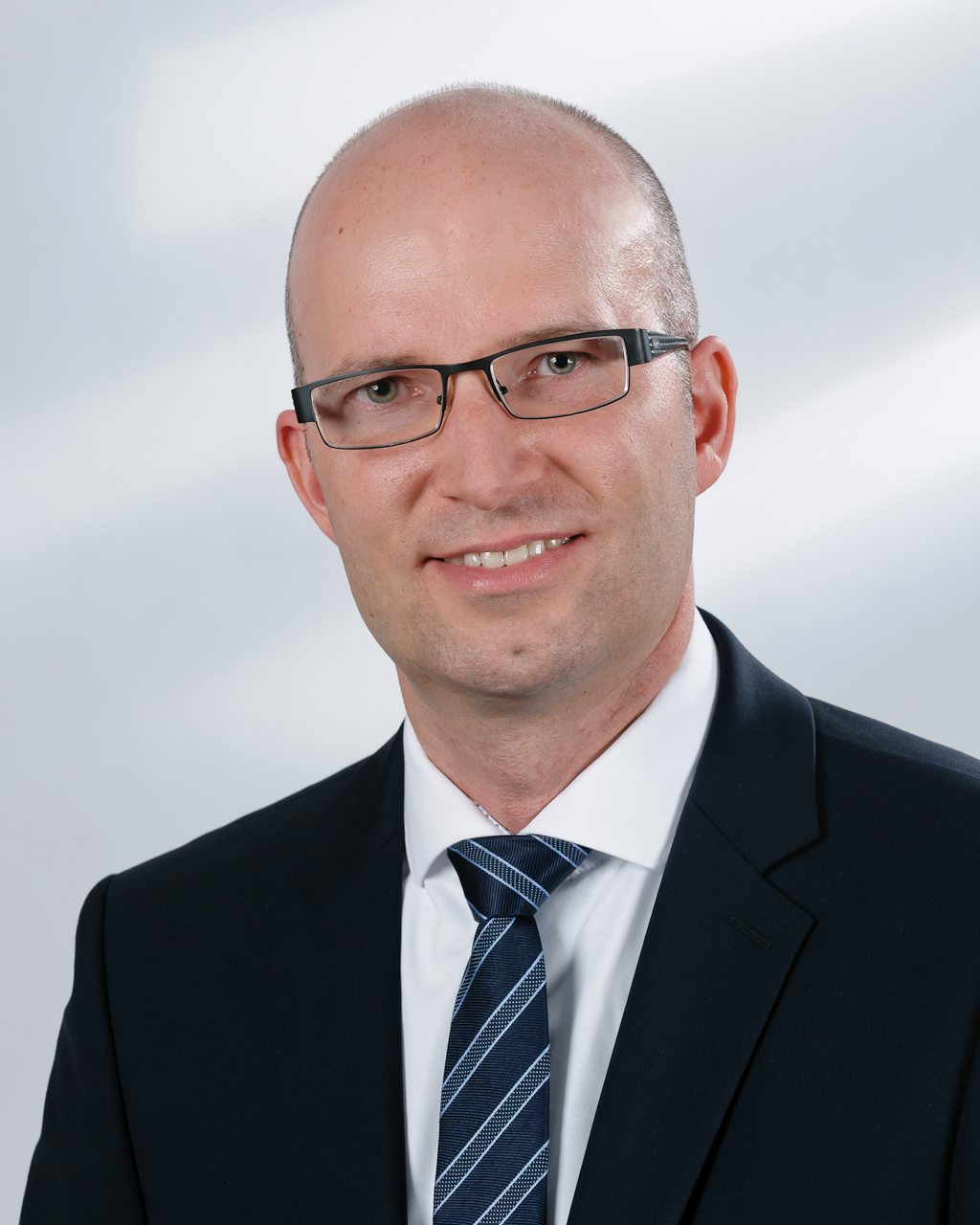 Andreas Mueller
Andreas Mueller
Head of Communication and Network Technology, Corporate Research Department, Robert Bosch GmbH, Germany
Dr. Andreas Mueller is the Head of Communication and Network Technology in the Corporate Research Department of Robert Bosch GmbH in Stuttgart, Germany. In addition to that, he is coordinating the 5G activities of Bosch in the context of Industry 4.0 across the different business units. He also serves as Chairman of the Board of the “5G Alliance for Connected Industries and Automation” (5G-ACIA), which has been established in order to make sure that 5G for the industrial domain becomes a success. This is done by providing a global forum for discussing related technical, regulatory and business aspects and by bringing all relevant stakeholders together.
Prior to joining Bosch, Andreas was a Research Staff Member at the Institute of Telecommunications of the University of Stuttgart, Germany, where he was contributing to the further development of the 3GPP Long Term Evolution towards LTE-Advanced. Besides, he was working as a Systems Engineer for Rohde & Schwarz, developing a novel software-defined radio based communication system for the German Armed Forces. Andreas holds a German Diploma degree as well as a Ph.D. degree in Electrical Engineering (with distinction) and an M.Sc. degree in Information Technology, all from the University of Stuttgart, Germany. |
|---|
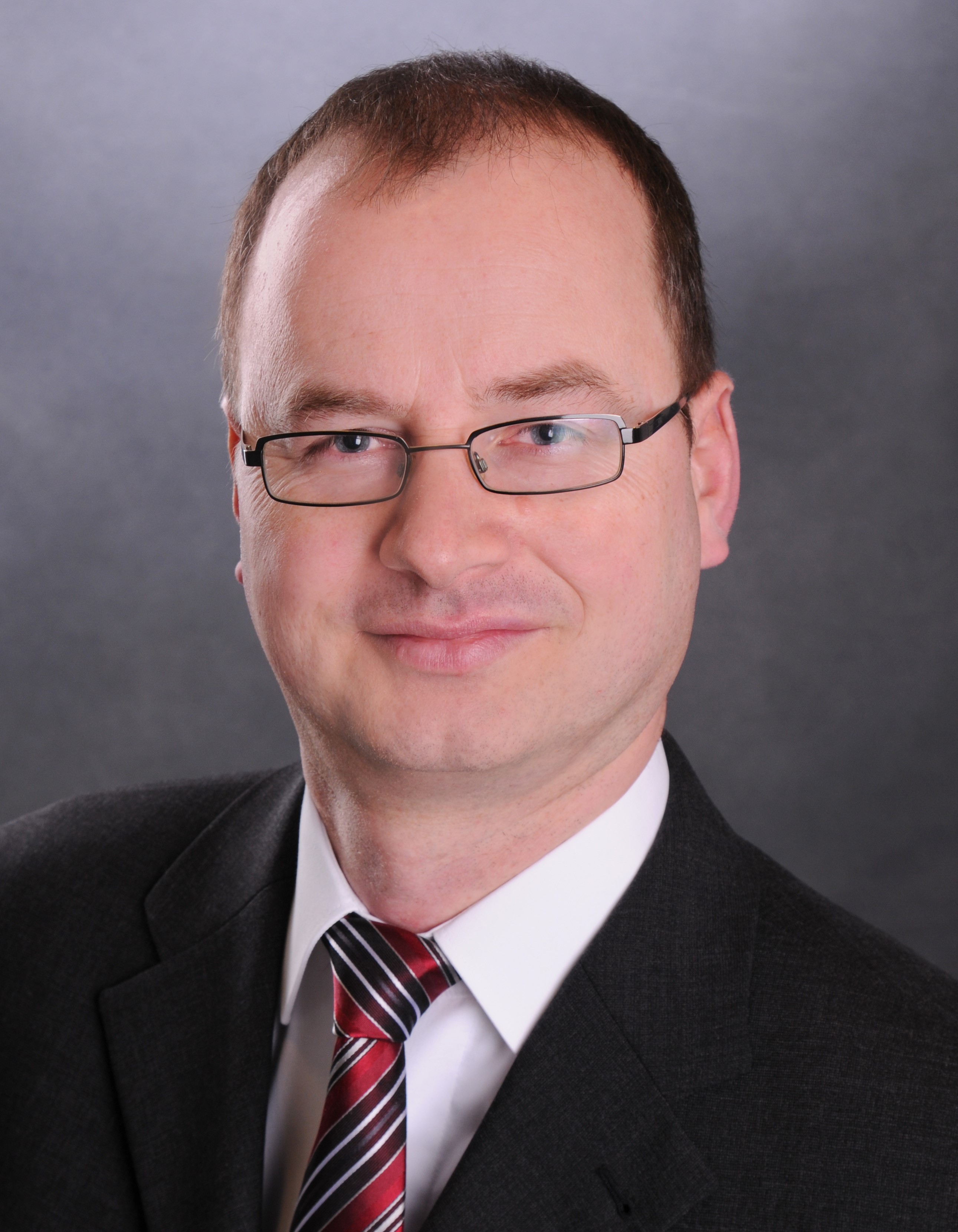 Henning Sanneck Henning Sanneck
Head of the “Network Automation” Department, Nokia Bell Labs,Standardization Research, Germany
Henning Sanneck heads the “Network Automation” Department at Nokia Bell Labs, Standardization Research, in Munich, Germany.
He received his Dr.-Ing. (PhD) degree in Electrical Engineering from the Technical University of Berlin with a thesis on Voice over IP QoS in 2000. Then, Henning joined Siemens - Mobile Networks as a Senior Research Engineer. In 2007, he started to lead a line team driving Self Organizing Networks (SON) concepts, IPR and demos for LTE. Since 2009, Henning and his team are working on applying and adapting analytics and machine learning technologies to Radio Network Management, in particular for anomaly detection and diagnosis, using real network data and simulation-based approaches. His team has been continuously involved in nationally (BMBF) and internationally (EU) funded research projects. His current research interests are in 5G Network Management and Orchestration, in particular configuration, healing and the operation of Cognitive Functions in virtualized, sliced radio access networks. Henning has published 80 papers and has 30 patents granted or published. He has been co-editor and -author of the book "LTE Self-Organizing Networks". |
 Arnd Sibila Arnd Sibila
Technology Marketing Manager, Rohde & Schwarz
Arnd Sibila joined Rohde & Schwarz in 2012 as Technology Marketing Manager for Wireless Technologies and led the Infrastructure Global Key Account Manager group. Since 2016, he has focused on Technology Marketing for the Mobile Network Testing market segment. Previously, Arnd gained 21 years of experience at Siemens Communications and Nokia Siemens Networks where he held various technical and management positions in the field of Wireless Communication Systems and Mobile Networks Product Lifecycle covering Product Management, Product Line Management, System Architecture, CTO, Business Development, Portfolio Management and Product Qualification covering nearly all wireless technologies (LTE-Advanced, LTE, WCDMA/HSPA, WiMAX, WiFi, etc.).
|
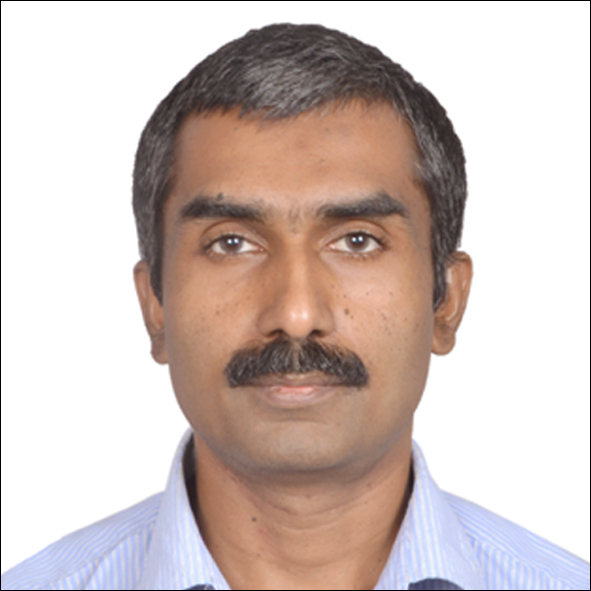 Vishnu Ram Vishnu Ram
Independent Researcher
Vishnu worked for Motorola/Nokia/Siemens in advanced technologies teams for 21 years. He was a Scientific Advisory Board Associate (SABA) member of Motorola Networks. He has published several drafts in IETF, contributed to ETSI, 3GPP in his role as a senior specialist (Radio Resource Management). He holds 12 International Granted Patents (and several pending applications) and have several publications. He is currently working as an Independent Researcher.
|
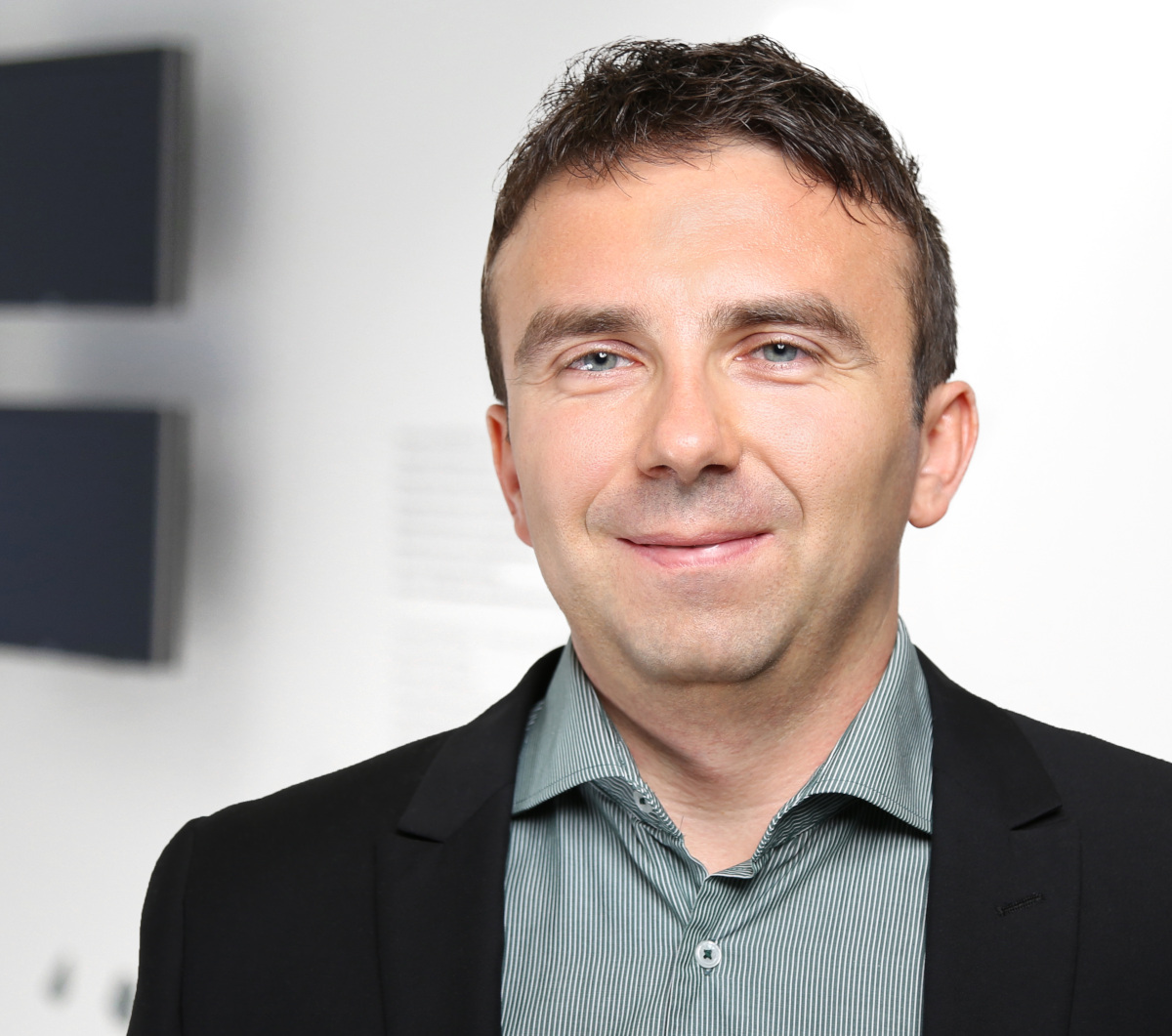 Wojciech Samek Wojciech Samek
Head of the Machine Learning Group at Fraunhofer Heinrich Hertz Institute
Wojciech Samek is head of the Machine Learning Group at Fraunhofer Heinrich Hertz Institute, Berlin, Germany. He studied computer science at Humboldt University of Berlin from 2004 to 2010, was visiting researcher at NASA Ames Research Center, CA, USA, and received the Ph.D. degree in machine learning from the Technical University Berlin in 2014. He is associated with the Berlin Big Data Center and Berlin Center for Machine Learning and is an editorial board member of Digital Signal Processing and PLoS ONE. He is part of various standardization initiatives, including the MPEG AHG on Compression of Neural Networks for Multimedia Content Description and Analysis and the ITU/WHO Focus Group on AI for Health. He has organized special sessions, workshops and tutorials at top-tier machine learning and signal processing conferences (NIPS, CVPR, ICASSP, ICIP, EUSIPCO, ICANN, MICCAI), and has co-authored more than 100 peer-reviewed journal and conference papers, predominantly in the areas interpretable deep learning, neural network compression, robust signal processing and federated learning. |
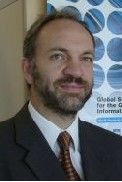 Reinhard Scholl Reinhard Scholl
Deputy-Director, TSB, ITU
Reinhard Scholl is Deputy to the Director of the ITU Telecommunication Standardization Bureau (also known as the ITU-T Secretariat). Previously he has been with Siemens in Munich, Germany and with the European Telecommunications Standards Institute (ETSI). He received a Ph.D. in physics from the University of Illinois, USA. He also served on the ICANN Board. |
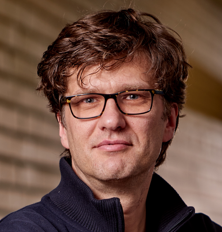 Slawomir Stanczak
Slawomir Stanczak
Chair of ML5G, Full Professor, Technical University, Berlin, & Head, Wireless Communications and Networks Department
Slawomir Stanczak studied electrical engineering with specialization in control theory at the Wroclaw University of Technology and at the Technical University of Berlin (TU Berlin). He received the Dipl.-Ing. degree in 1998 and the Dr.-Ing. degree (summa cum laude) in electrical engineering in 2003, both from TU Berlin; the Habilitation degree (venialegendi) followed in 2006. Since 2015, he has been a Full Professor for network information theory with TU Berlin and the head of the Wireless Communications and Networks department. Prof. Stanczak has been involved in research and development activities in wireless communications since 1997. In 2004 and 2007, he was a Visiting Professor with RWTH Aachen University and in 2008, he was a Visiting Scientist with Stanford University, Stanford, CA, USA. He is a co-author of two books and more than 200 peer-reviewed journal articles and conference papers in the area of information theory, wireless communications, signal processing and machine learning. Prof. Stanczak received research fellowships from the German Research Foundation and the Best Paper Award from the German Communication Engineering Society in 2014. He was a Co-chair of the 14th International Workshop on Signal Processing Advances in Wireless Communications (SPAWC 2013). Between 2009 and 2011, he was an Associate Editor of the European Transactions for Telecommunications (information theory) and an Associate Editor of the IEEE Transactions on Signal Processing between 2012 and 2015. Since February 2018 Prof. Stanczak has been the chairman of the ITU-T focus group on machine learning for future networks including 5G. |